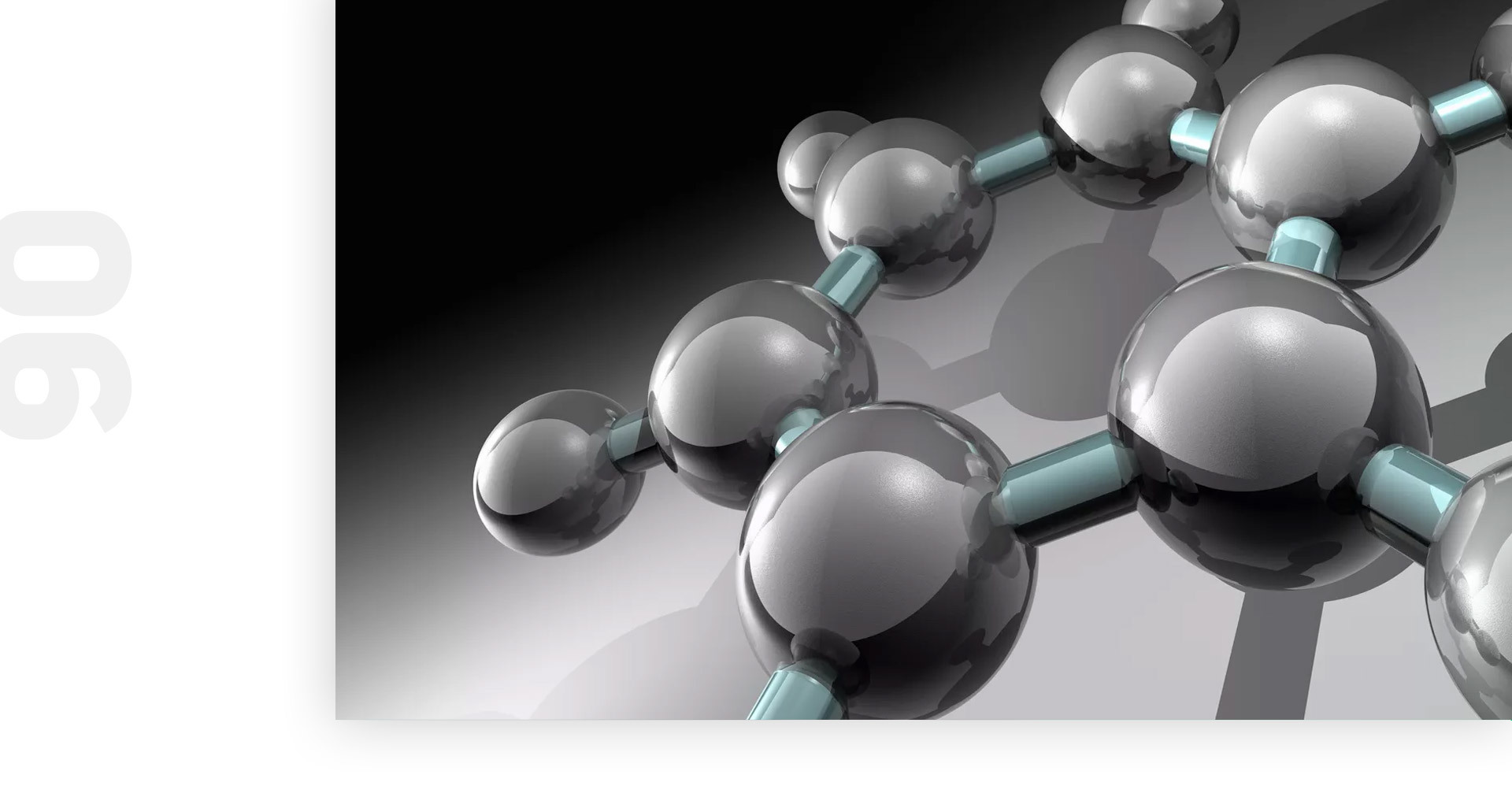Carbon Vision
What is Carbon Aerogel
Carbon aerogel is a lightweight material developed only in the last two years, and its density only reaches 0.16 milligrams per cubic meter, which is only one-sixth of the density of air compared to thin air, and it is also a lightweight material that has been developed so far in the global world. It also has a term called all-carbon aerogel.
Characteristics of Carbon Aerogel
Carbon aerogel is a synthetic nanoporous carbon material with high purity, high specific surface area, high porosity, high strength, controllable surface functional groups and stable physicochemical properties, so carbon aerogel has many applications in the pharmaceutical industry, and it is very suitable for removing organic impurities, heavy metals and tars in pharmaceutical products with complex composition.
What is Carbon Fiber Aerogel and how is it different from Carbon Aerogel?
The concepts of the two are completely different. Carbon fiber aerogel is a kind of carbon fiber as the main material, in the addition of some silicon aerogel this material of inorganic composite material, but the density than carbon aerogel is also a little larger, not as light as carbon aerogel.
Carbon aerogel and carbon fiber aerogel the first difference is the application of different places. Because the density of carbon aerogel is smaller, the applicable aspect is seawater desalination. The use of carbon aerogel to realize the desalination of seawater, the development of water resources recycling, so that seawater from the salt, so as to produce fresh water for human beings can drink. Carbon fiber aerogel is tragically mixed with aerogel, and carbon fiber aerogel is often used for heat insulation, and the heat insulation effect is very good.
The second difference between carbon aerogel and carbon fiber aerogel is that they have different roles. The use of carbon aerogel products, you can play the role of blocking, in the process of the circuit to prevent the resistance is too high, to achieve the effect of safe electricity. Carbon fiber aerogel can not only be used as a building material for thermal insulation, but also can be used in scientific experiments.
The third difference between carbon aerogel and carbon fiber aerogel is the different materials included. Carbon fiber aerogel although carbon fiber as the main substrate, but it also contains a kind of aerogel, aerogel density is equivalent to 2.75 times the air, and miserably mixed with carbon fiber. And carbon aerogel density is relatively small.
Carbon aerogel in the field of lithium-ion battery applications
The application of active nanoporous carbon aerogel material in the field of lithium-ion battery: at present, lithium-ion battery, widely used graphite as the anode material, so that the preparation of lithium-ion battery specific energy is basically stabilized at 110-130WH/KG. experiments have proved that, the active nanoporous carbon aerogel material as an additive, added in the graphite material, no need to change the other existing preparation process, you can increase the specific energy of lithium-ion battery to 200-130WH. The specific energy of lithium-ion battery can be increased to the level of 200-230WH/KG without changing other existing preparation process, that is to say, the anode of lithium-ion battery with the same mass ratio can be nearly doubled with carbon aerogel as an additive than ordinary lithium-ion battery.
Application of carbon aerogel in supercapacitors
Supercapacitors store energy in the separated charge. The larger the area used for storing charge and the denser the separated charge, the larger the capacitance. The area of a conventional capacitor is the flat surface area of the conductor, and in order to obtain a larger capacity, the conductor material is rolled very long, sometimes with a special organization to increase its surface area. A conventional capacitor separates its two electrode plates with insulating materials, typically plastic film, paper, etc. These materials are usually required to be as thin as possible. Supercapacitors have an area based on porous carbon materials, and larger surface areas can be achieved by a number of measures. Carbon aerogel material is an extremely ideal electrode material for supercapacitors because of its high specific surface area, good electrical conductivity, and controllable pore size structure.


